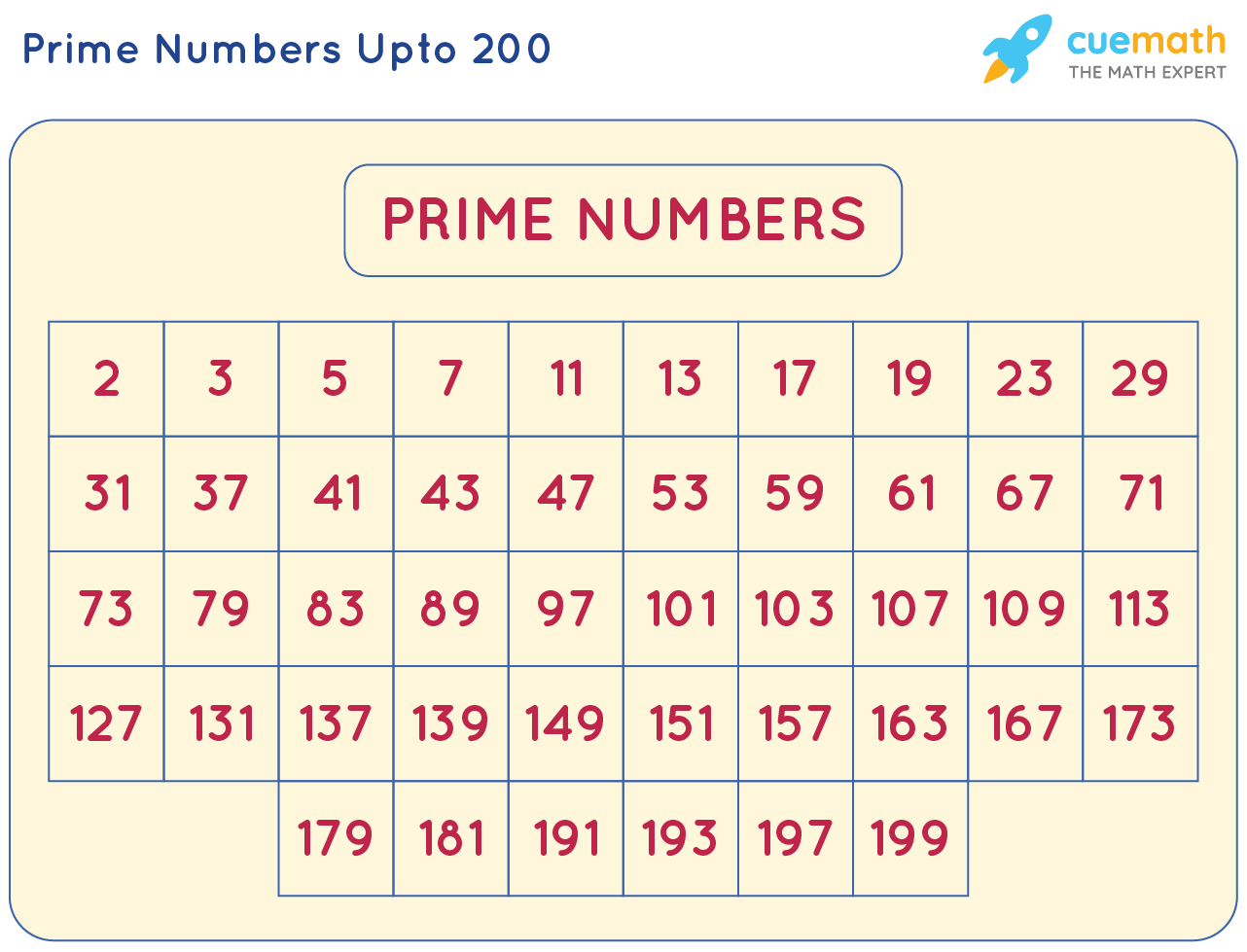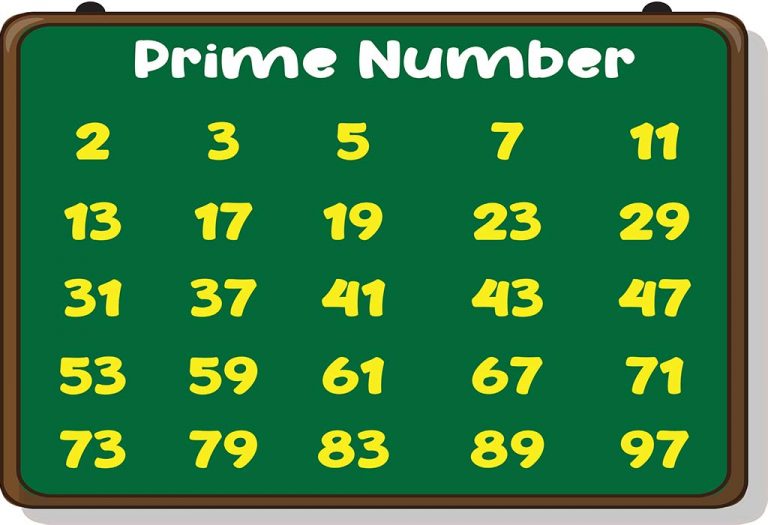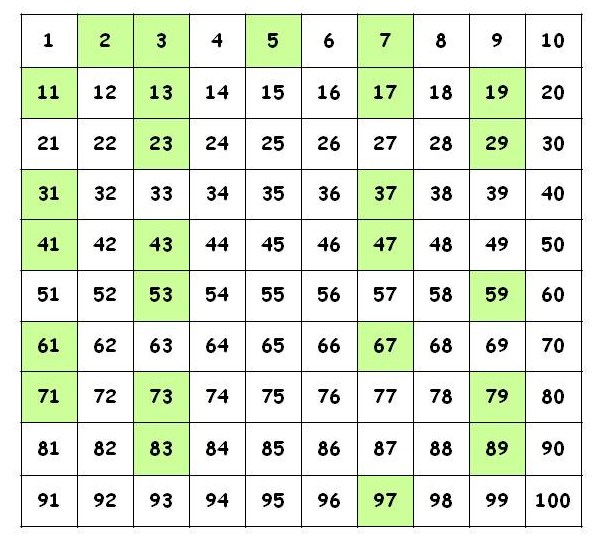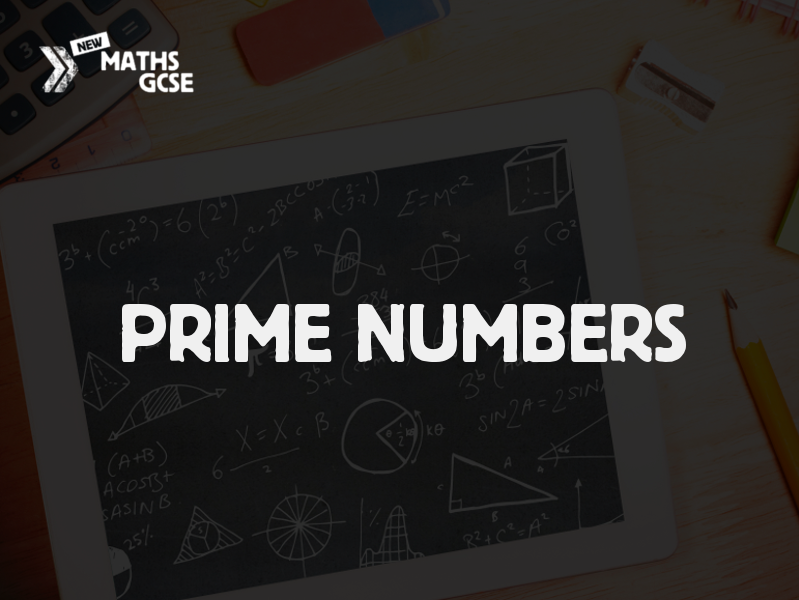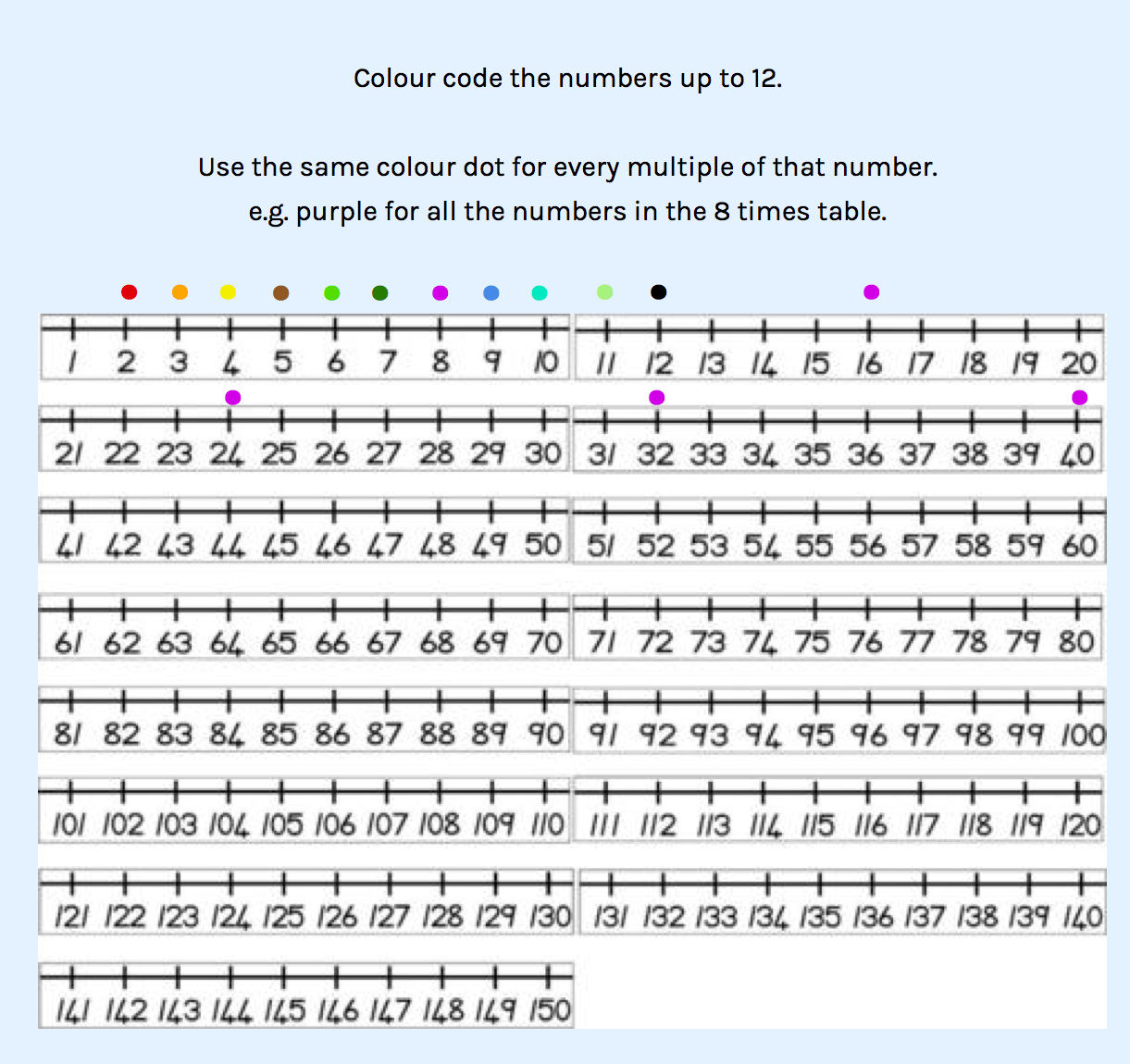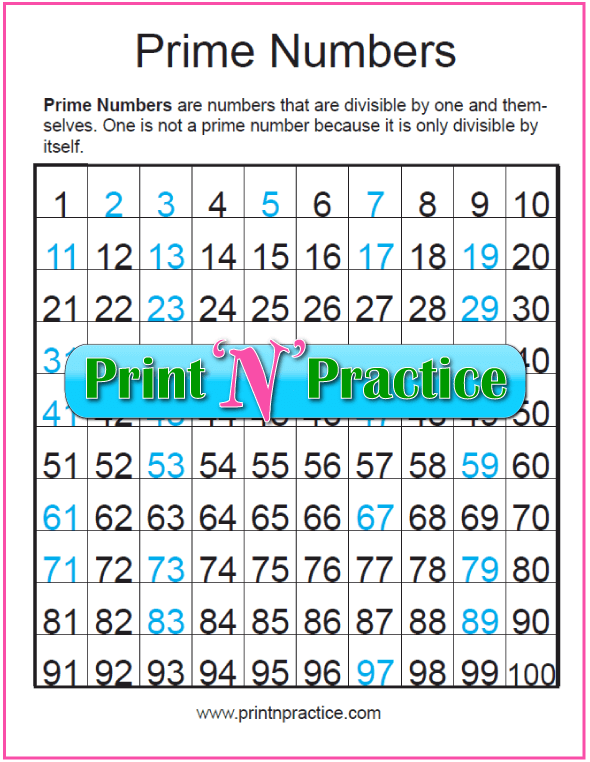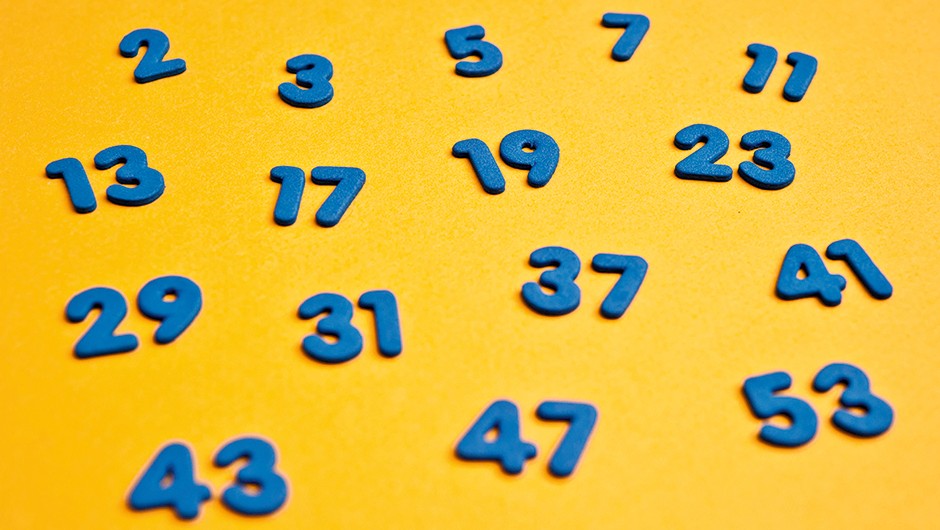Best Of The Best Info About How To Learn Prime Numbers

Now, 36 can be written as 2 × 3 × 2 × 3.
How to learn prime numbers. 2, 3, 5, 7, 11, 13, 17, 19, 23, 29, 31, 37, 41, 43, 47, 53, 59, 61, 67, 71, 73, 79, 83, 89, 97. There are 25 prime numbers up to 100. Examples of prime numbers include 2, 3, 5 and 7.
You can figure out what numbers up to 100 are prime by using the sieve of eratosthenes: 19 is a prime number. If the number of factors is more than two, it is not a prime number.
Write out the numbers from 1 to 100 shown above. What is a prime number? In order to determine whether a number is a prime number:
In this guide, we will explain what exactly this means, give you a list of prime numbers children need to know at primary school, and provide you with some practice questions to find prime numbers. These are easy to find by searching for 100, 200 or 300 number. By contrast, numbers with more than 2 factors are call composite numbers.
2, 3, 5, 7, 11, 13, 17, 19, 23, 29, 31, 37, 41, 43, 47, 53, 59, 61, 67, 71, 73, 79, 83, 89, 97. For this, we use the factorization method which is the easiest way to find prime numbers. Learn about prime numbers.
Welcome to what are prime numbers? with mr. In this article, you will learn the meaning and definition of prime numbers, their history, properties, list of prime numbers from 1 to 1000, chart, differences between prime numbers and composite numbers, how to find the prime numbers using formulas, along with video lesson and examples. First find the factors of the given number step 2:
In order to explain prime numbers to your child, you must first understand what they are. Except for 0 and 1, any number that is not a prime number is a composite number. November 16, 2022 0 50324 in this article why your child needs to learn prime numbers?
Prime numbers until 100 how many prime numbers are there? For students of all ages. Encircle 2 and cross out all its multiples (such as 4, 6, 8, 10, and so on) as they are not prime.
Cross out 1, since we know that’s not a. Multiplication and division 4 comments in today’s post, you will learn the difference between prime and composite numbers. Zero, one, and numbers less than one are not considered as prime numbers.
(such as 4, 6, 8,10,.) The technique to find the prime numbers up to 100 is given below: You're in the right place!whether you're just starting out, or need a quick re.
